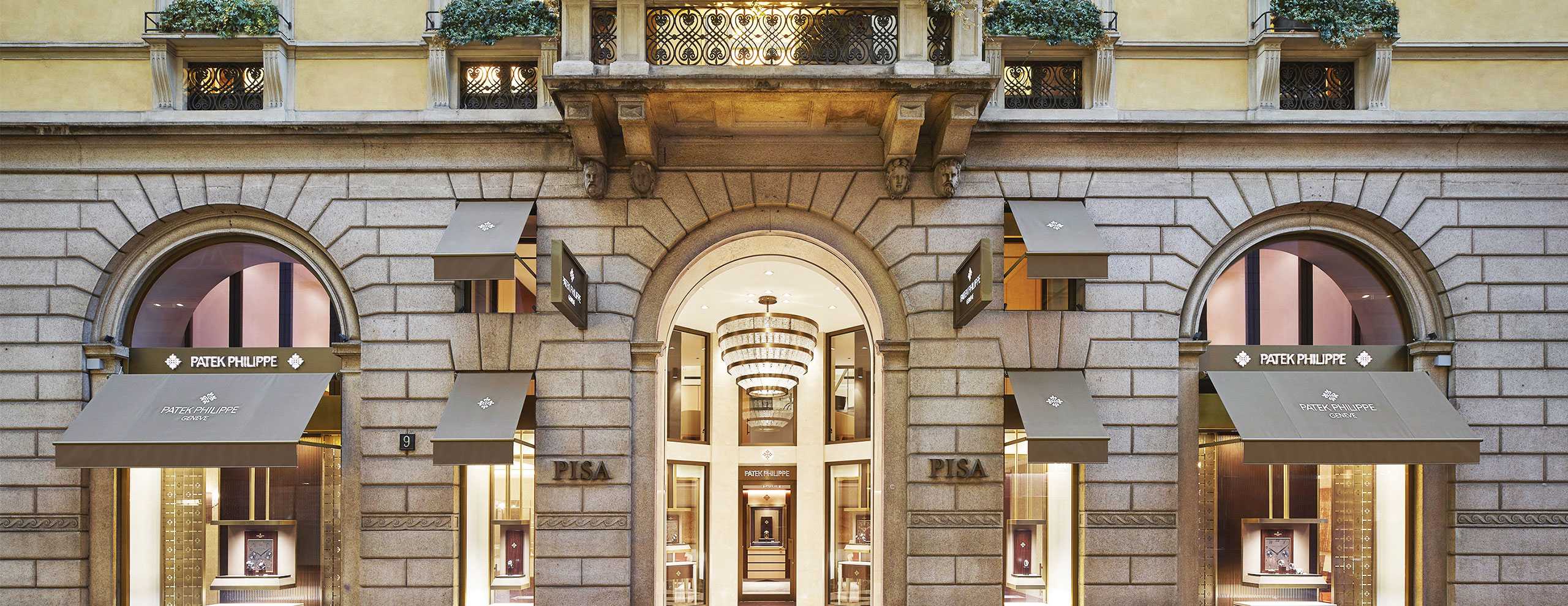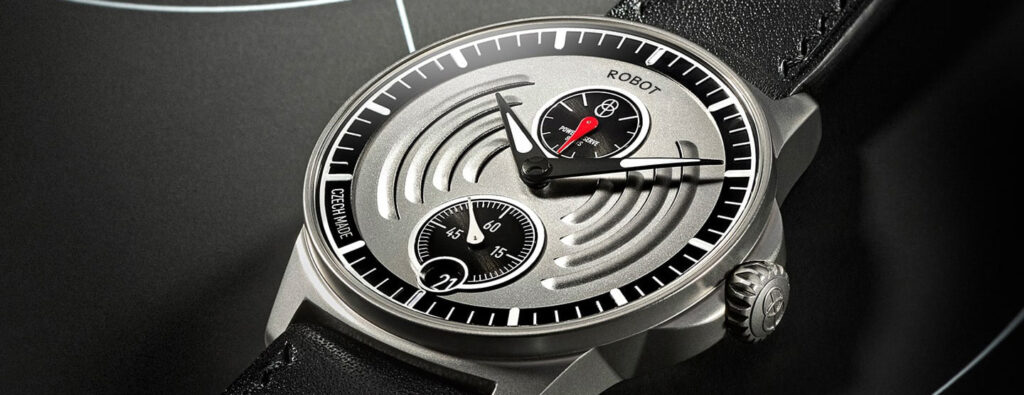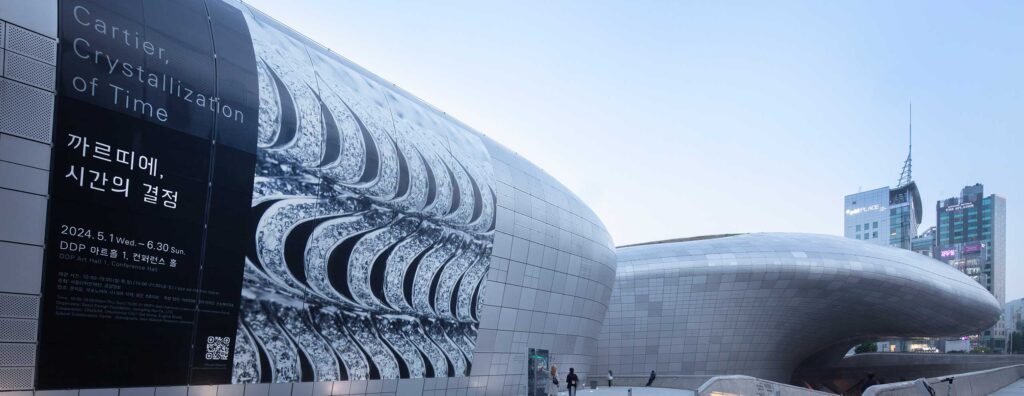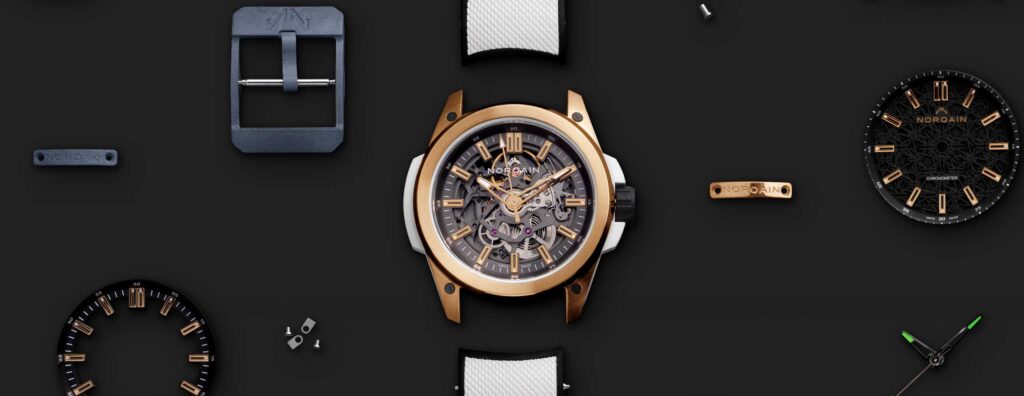At the core of Pisa 1940 lies an incredible entrepreneurial intuition and legacy of craftsmanship passed down the hands of time. It is a testament to the Pisa family’s unwavering dedication to the art of horology, a passion that has been ticking in the heart of Milan since 1940.
The story of Pisa unfolds with the cadence of a well-timed chronograph, marking each era with precision and aplomb, much like the watches that grace its displays. It was here in the heart of the vibrant Milan at the dawn of the 20th century that the Pisa family — hailing from Emilia-Romagna’s quaint landscapes — translated its fervent passion for timepieces into a burgeoning profession.
Divino Pisa, the second oldest of 13 boys, had developed a passion for micromechanics and watches in the early 1900s, and together with his two younger brothers Osvaldo and Ugo, set the stage for an enduring horological legacy that would extend far beyond his kin. Divino, who began work in Milan as a watchmaker and engineer in the early 1930s, went on to found the first Italian watchmaking school, while Osvaldo opened a shop-laboratory in Milan in 1940 where he was a watchmaker.
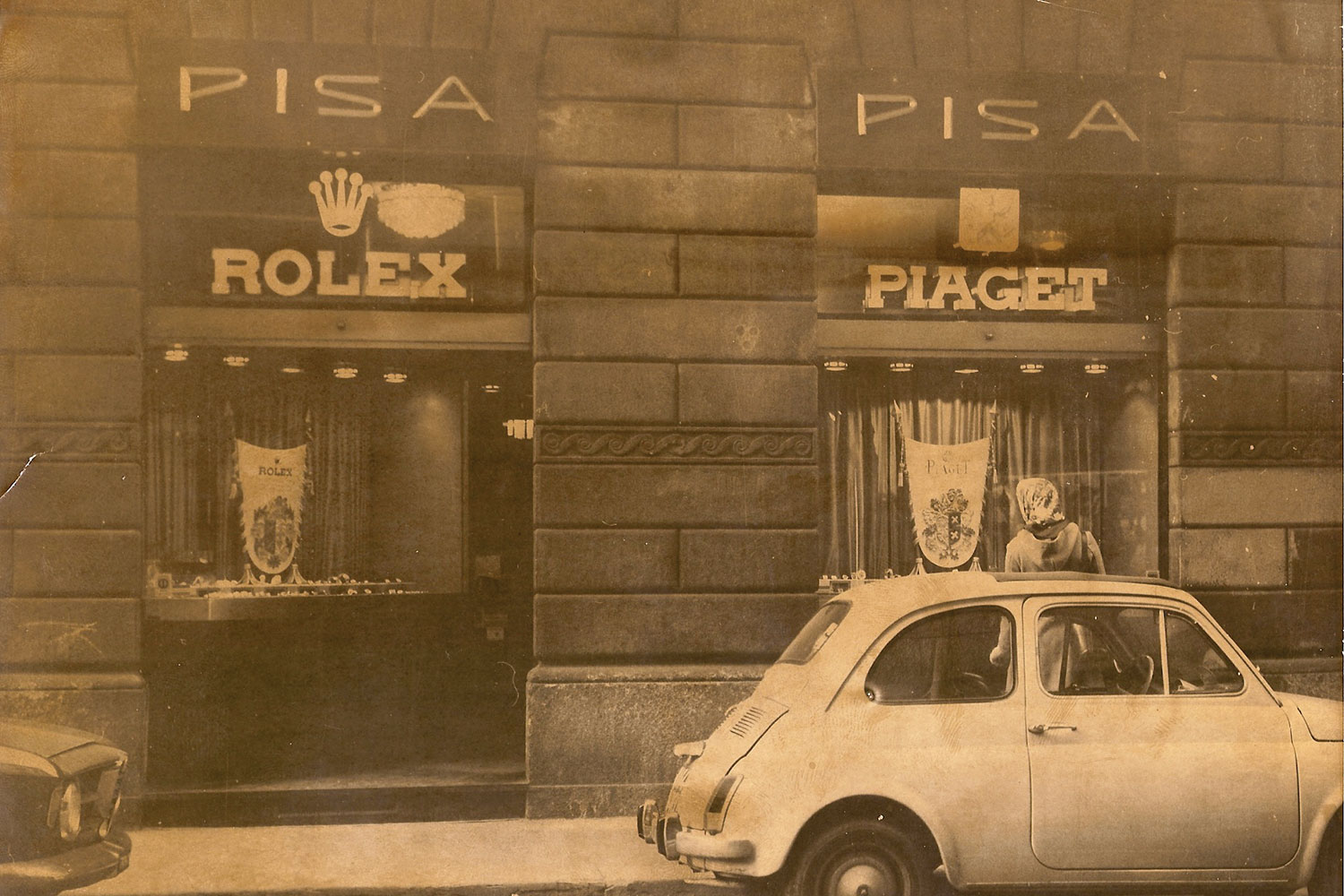
The old Pisa shop
Measuring just 15 square meters, with a window overlooking the street, this was the birthplace of the inaugural Fratelli Pisa workshop on Via Verri.
Osvaldo’s passion working with the tiniest watch components quickly piqued the curiosity of the many passers-by, and soon, a loyal clientele developed. His talent was so immense that he was the only one in Italy who was able to repair the caliber 101 by Jaeger-LeCoultre, the world’s smallest mechanical movement.
Unfortunately, World War II put an abrupt stop to everything.
However, the ever-tenacious Osvaldo resumed his work in 1946, this time, urging Ugo to help with sales, so that he could devote his time to the laboratory. In the post-war resurgence, the Pisa name became synonymous with luxury and precision among the Milanese bourgeoisie and an increasingly international clientele who shopped at the store.
The workshop found its second wind, thanks to Ugo’s entrepreneurial spirit and Osvaldo’s technical expertise in watch repair.
In the 1960s, Ugo’s flair for recognizing nascent talent catapulted Pisa 1940 into the limelight, with horological masterpieces from Rolex, Piaget and Vacheron Constantin gracing its collection. The meticulous curation of brands and watches, combined with the avant-garde displays in the window, attracted an increasingly refined clientele of movie stars, influential businessmen, sports champions, and even international luminaries the likes of American-Greek soprano Maria Callas and actress Joan Crawford, who both became regulars to what was now known as “the salon of Milanese haute horlogerie”.
Pisa found new ownership in the next generation
After Ugo’s death in 1971, the torch of Pisa was passed to his daughters, Grazia and Maristella, affectionately known as the “Ladies of Time”. Together with Osvaldo’s nephew Fabio Bertini as the company’s commercial director (he grew up in the laboratory before progressing to the sales floor), they perpetuated the Pisa passion, curating a selection of emerging artisans that resonated with their father’s ethos.
In 1987, Pisa Minuti was launched. It offered unique timepieces that captivated the discerning tastes of its patrons, introducing a modern alternative to the timeless collections offered at Pisa 1940.
Maristella recounts, “With Pisa Minuti, the watch was transformed into an object that everyone could wear and one that could be changed like a fashion accessory.” The curated selection of unconventional and limited edition timepieces were a big hit with Pisa’s regular clientele, once again proving that it was always ahead of the curve.
Pisa 1940 became synonymous with horological sophistication and prestige in the 1990s. Thanks to the family’s solid relationships with various manufactures, they collaborated to create retailer-exclusive watches that became instant objects of desire for clients.
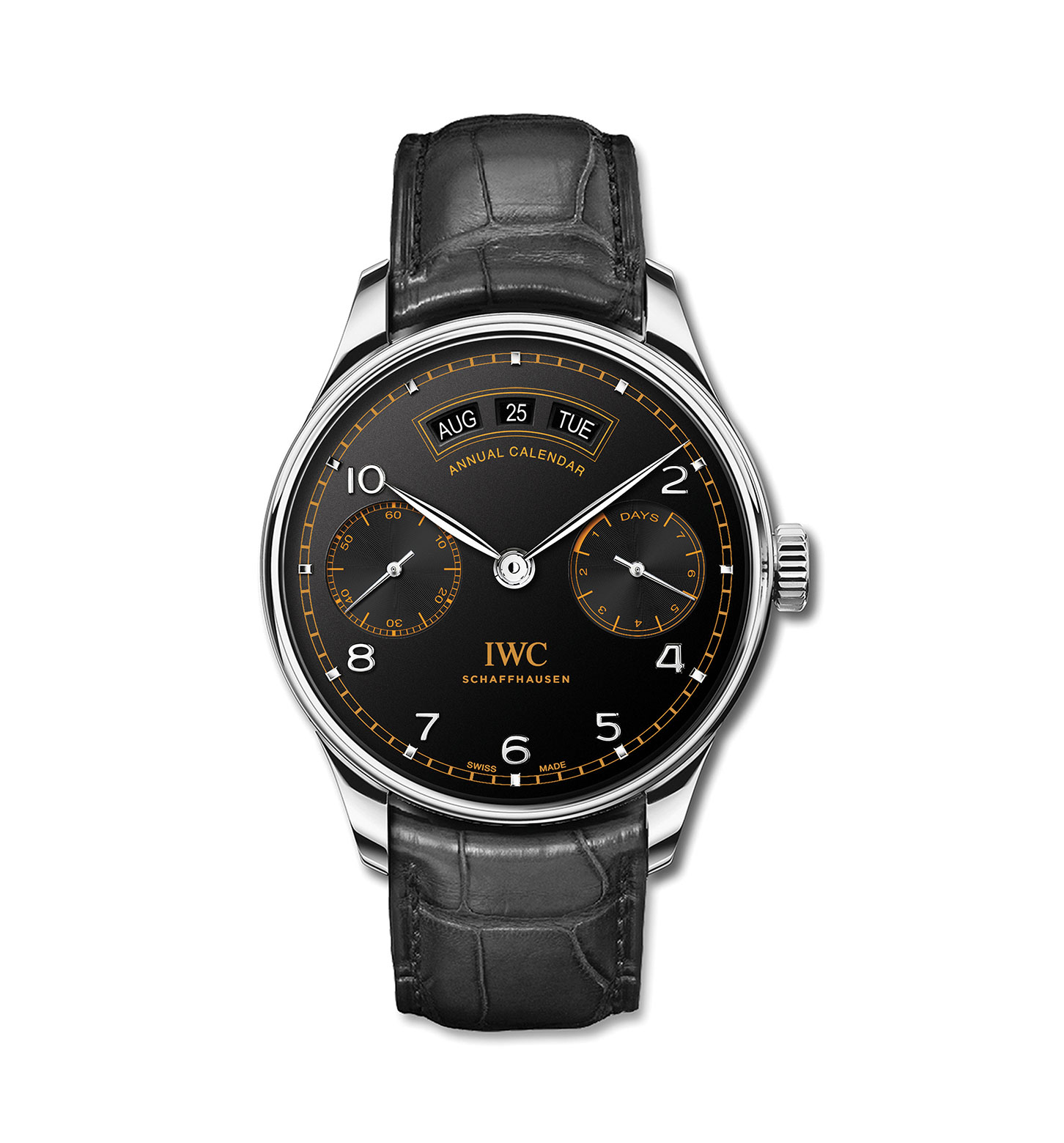
IWC Portugieser Annual Calendar edition "Pisa"
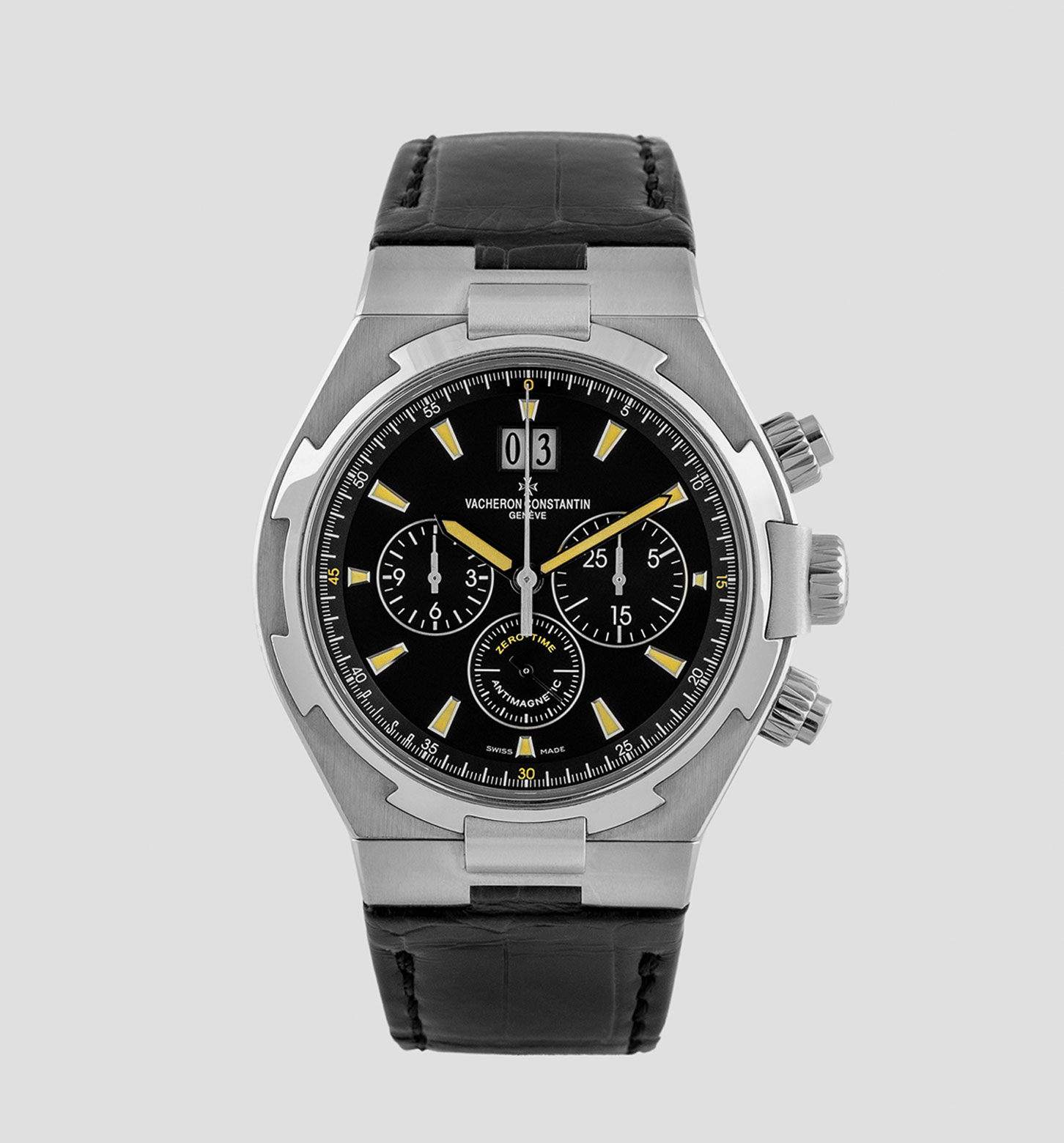
Vacheron Constantin Overseas Chronograph "PISA" Limited
This expansion was not just in business, but in influence, as Pisa also organized exclusive previews of novelties from Swiss watch fairs that became highly anticipated events among patrons. This led to Pisa cementing its status as a purveyor of fine watches and curator of exquisite experiences.
A noteworthy limited edition timepiece is the sleek Bulgari Octo Finissimo for Pisa 1940, which was launched in 2022. Featuring a bronze dial with a 45-degree angle satin finishing that’s reminiscent of a blacksmith’s sketch, the handsome titanium model is significant as it was inspired by the terrestrial magnetism clock conceived and built by Divino Pisa in 1957.
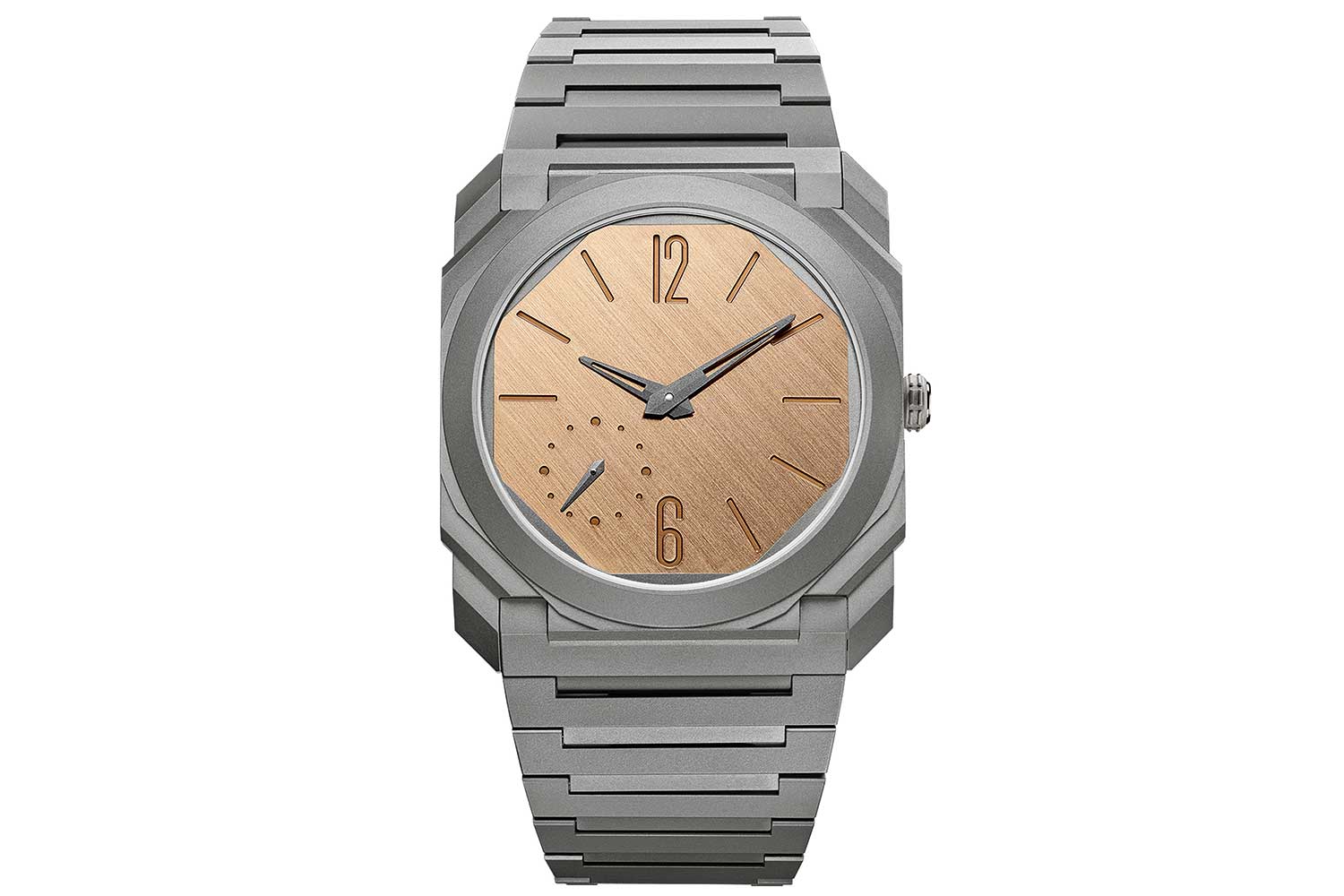
The titanium Bulgari Octo Finissimo for Pisa Orologeria launched in 2022
Previous watch brands that Pisa has collaborated with include Panerai, A. Lange & Söhne, Vacheron Constantin, and IWC, among others.
The expansion of mono-brand boutiques
The year 2008 marked an important chapter in Pisa 1940’s history when it opened a Rolex mono-brand boutique – the first in Europe – on 24 Via Montenapoleone. “The relationship of trust that we forged over time with the Swiss manufacture had led us to collaborate in designing a three-storey boutique with the values we shared: rigor, modernity and precision,” elaborates Maristella.
This was truly a full-circle moment as it was a little over 50 years ago that Ugo championed a relatively obscure brand named Rolex in his shop.
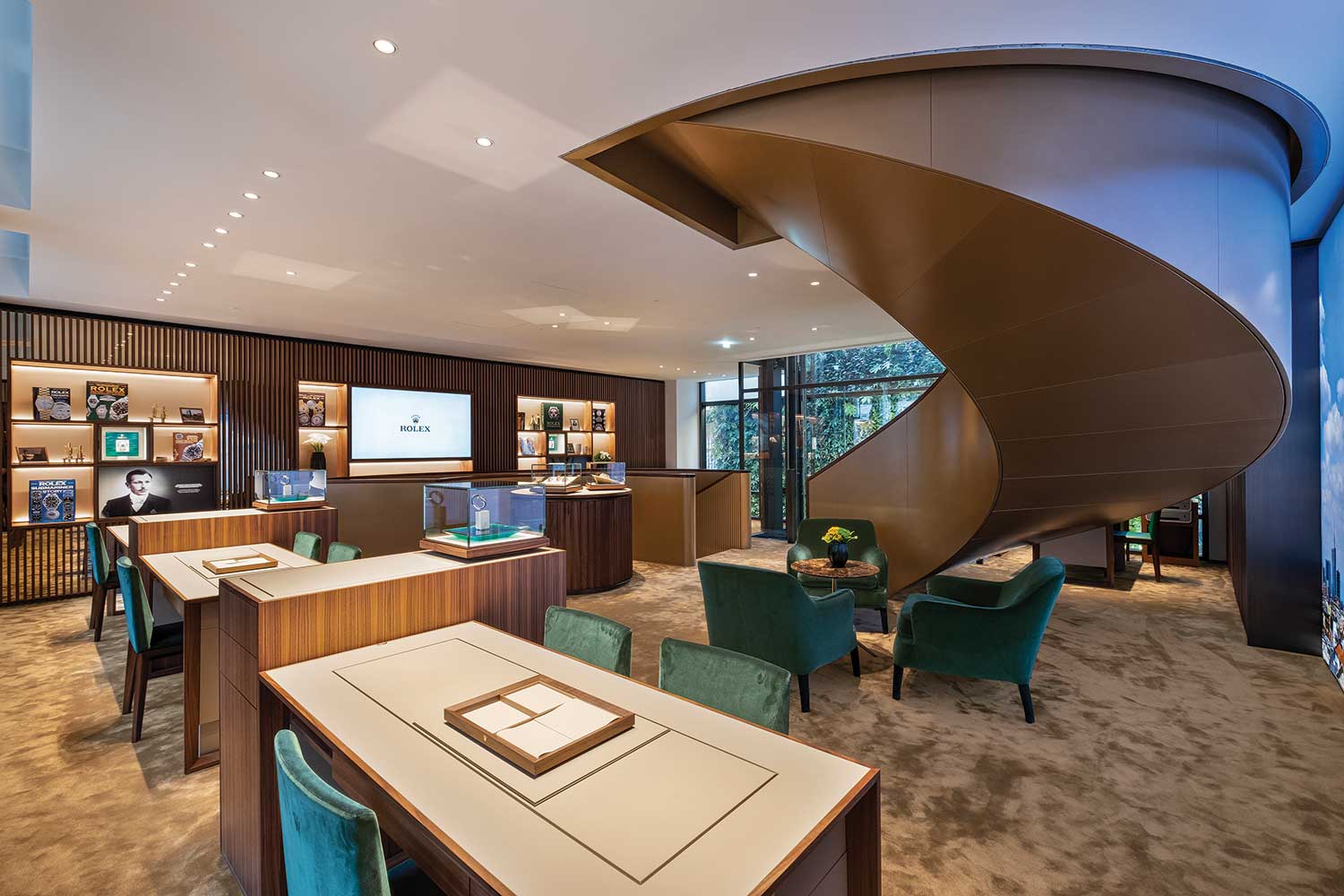
Europe's very first dedicated Rolex boutique that also opened in 2008
The opening of Italy’s first Patek Philippe boutique followed in the same year. Its location in Via Verri was historic as it was the same space that was once occupied by the first Pisa workshop.
It was also located directly adjacent to Pisa’s multi-brand boutique, a large and modern temple of haute horlogerie dedicated to the world’s best brands.
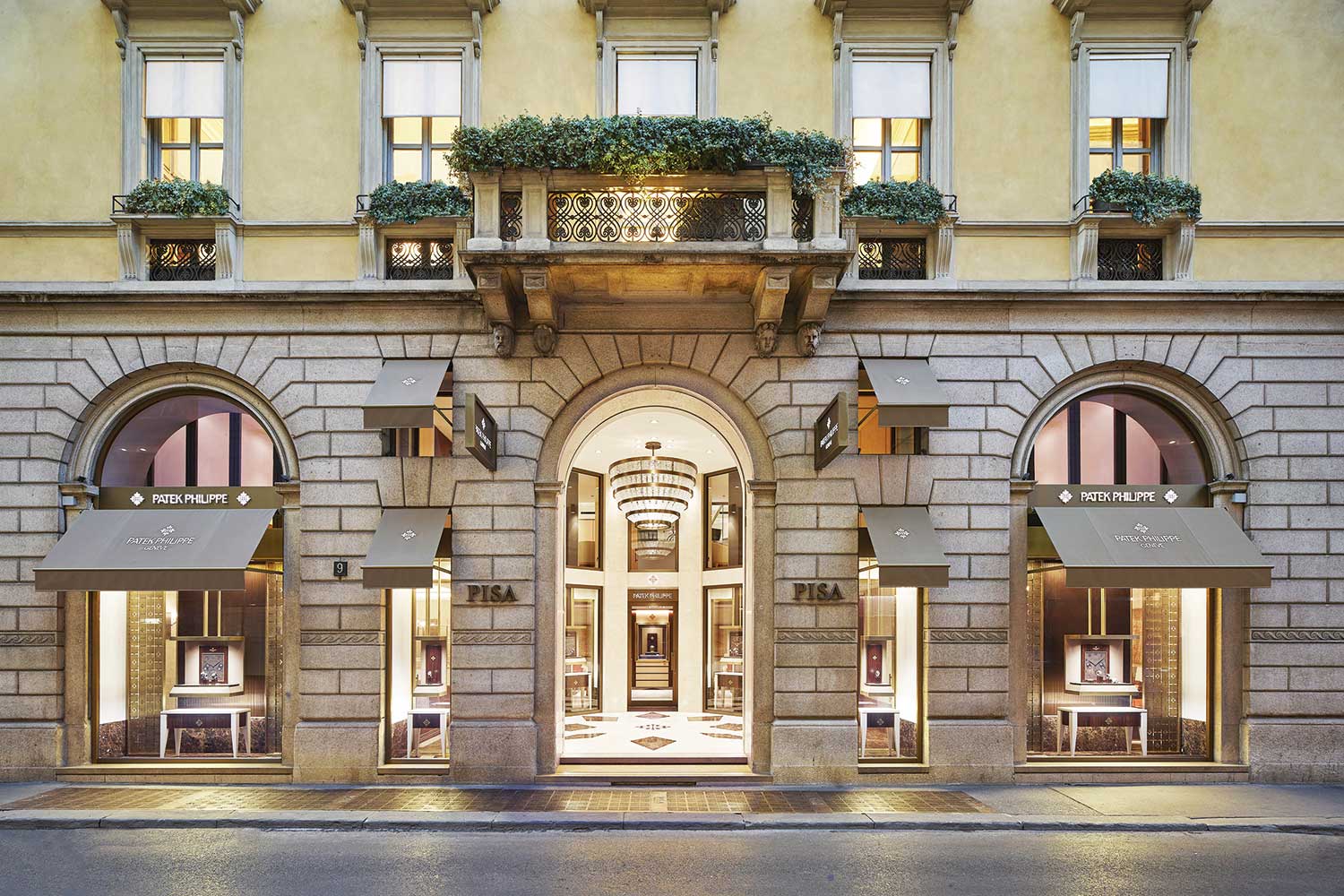
Italy's first Patek Philippe boutique, which Pisa opened in 2008
In 2010, Chiara, the scion of the Pisa family, infused the business with her contemporary vision. Her entry heralded innovative strides, such as the opening of the company to the world of jewelry, a vision that she shared with her mother Maristella.
She also spearheaded a complete makeover of the Pisa multi-brand boutique in Via Verri in January 2016, turning it into a new flagship store of over 1,000 square meters, including a Jewellery Salon that boasts some of the world’s top maisons alongside two modern laboratories capable of offering swift service and assistance according to the highest quality standards.
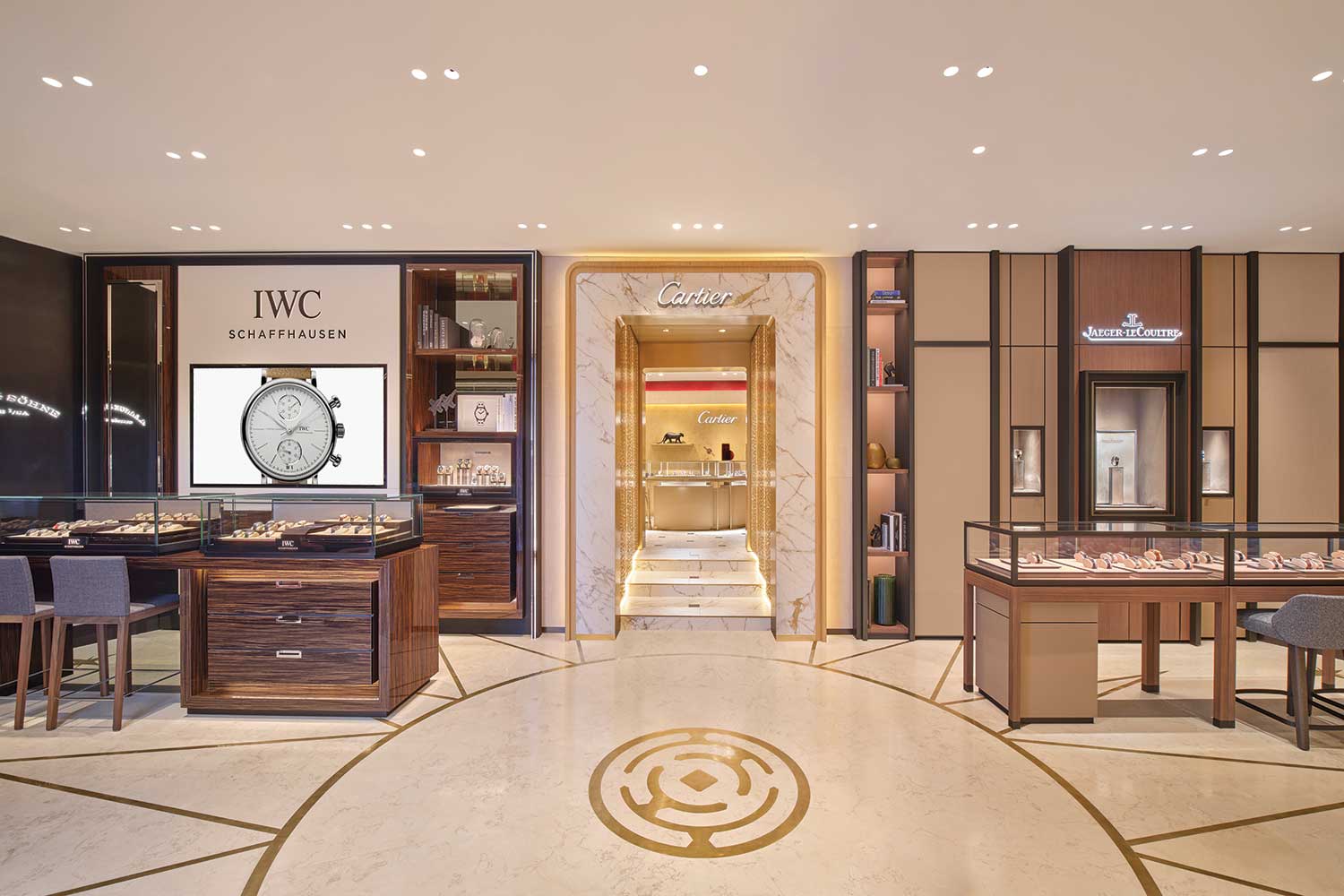
Pisa 1940's flagship store on Via Verri
Pisa embarked on its next mission: to transform Via Verri into “Via del Tempo” or the Street of Time. This began in 2018 with the launch of a Vacheron Constantin boutique, followed by the introduction of a Hublot boutique in 2022 and a A. Lange & Söhne boutique in 2023.
This mix of mono- and multi-brand stores forms the cornerstone of Pisa’s distinctive business strategy: to offer consumers an unparalleled and comprehensive luxury experience.
The future of Pisa, by Pisa
Under the leadership of Chiara, who’s now CEO of Pisa 1940, the company has restructured its management to respond to a rapidly evolving retail landscape, segmenting its operations into specialized yet synergistic divisions. This restructuring reflects a commitment to growth and innovation, as well as a dedication to customer engagement.
The company’s appointment of managers under the age of 40 across key departments highlights a notable investment in youthful leadership. This signals Pisa’s confidence in the vigor and fresh perspectives of young executives, affirming the adage “together we grow stronger” — a philosophy that continues to drive the family-led business forward in the highly competitive luxury retail market.

Chiara Pisa, CEO of Pisa 1940
Among the new initiatives introduced is one that aligns with the original ethos of Pisa’s founders: the transmission of watchmaking culture. This is realized through immersive customer experiences, often in partnership with watch brands, where enjoyment melds with education.
There are “watch-labs”, which are interactive workshops where patrons, under expert tutelage, gain hands-on understanding of the intricate artistry within timepieces. One-of-a-kind experiences, such as manufacture visits are another avenue that allow customers to fully immerse in the intriguing world of watchmaking.
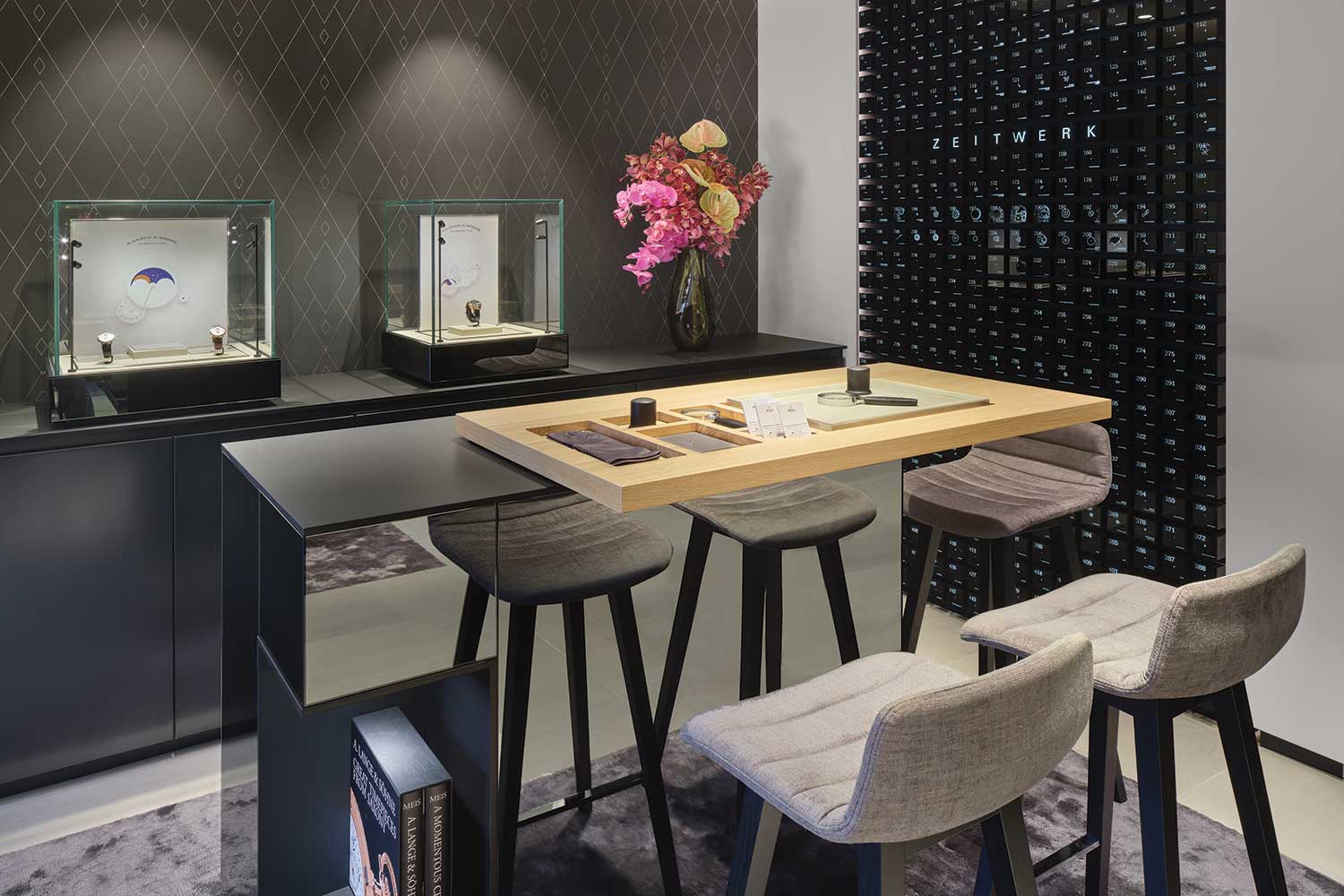
Pisa opened the A. Lange & Söhne boutique in 2023
Lastly, another way Pisa 1940 cultivates watchmaking culture is through its in-house magazine Time to Time, which is found in all its boutiques and delivered to clients as well. All these initiatives underscore the company’s unfailing dedication to after-sales service, which includes in-boutique workshops that provide immediate service and repair by watch experts.
Beyond the ambiance of its stylishly elegant boutique and the breadth of Pisa’s offerings is its comprehensive catalog. With over 30 watch brands — from universally recognized names to niche independents covering a wide range of timepieces spanning minimalist to grand complications — Pisa caters to a clientele as varied as it is global. Despite a strong domestic focus, the company’s international customer base has increased, with a significant portion hailing from Asia, the Middle East, and North America.

The interior of the 1940 Pisa flagship store on Via Verri
This has prompted an update in Pisa’s service protocols to accommodate diverse cultural nuances, from language to social gestures, while always remaining true to its Milanese savoir faire.
Pisa 1940 has never lost sight of its heritage as it looks to the future. The company always strives to place the customer at the heart of its operations, online and offline, ensuring digital interactions mirror the high standards of in-person service.
This blend of tradition and innovation ensures that Pisa not only continues to attract visitors, but converts them to lifelong patrons.














